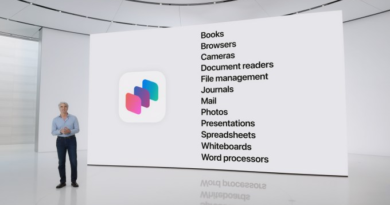Cost-effective IP strategies can lead to massive exit valuations

Conventional startup perspectives on intellectual property rights and exit events often recite the anecdotal experience of software founders operating in industries dominated by strong network effects and natural monopolies. These unique circumstances often lead to first-mover advantages that displace consideration of intellectual property protection strategies.
However, overreliance on conventional wisdom also allows valuation destroying timebombs to hide within successful businesses, only to detonate during a liquidity event as the buyer or investor counsel begins due diligence.
At hardware startups or startups in markets without natural monopolies, stronger appreciation of intellectual property strategies may inoculate companies against these mistakes. Non-software startups frequently receive advice that — perhaps inadvertently — pushes them along a favorable path for massive exit valuations.
However, as an IP and deal lawyer, I have seen a few recurring false steps that harm valuation across domains, even if hardware startups often avoid the worst offenses.
With this in mind, here ara a few cost-effective IP strategies that you may employ to optimize your exit valuation.
Use advanced patent strategies to preserve rights and “keep doors open”
Beta testing activity often triggers patent filing deadlines that cannot be unwound. The practice is understandable, as cost management is typically critical during pre-revenue beta activity.
However, startups should consider using provisional patent applications followed by Patent Cooperation Treaty (PCT) patent applications to defer patent costs when pre-revenue and avoid the negative effects that missing these critical patent deadlines will have if the beta proves to be successful.
There are a thousand little oopsies that can become big oopsies when word gets out that a big payday may be coming.
Filing cheap provisional patent applications early and often, then combining them in tranches within a fewer number of PCT patent applications, allows startups to defer the expensive “back-and-forth” prosecution part of patenting for as long as 30 or 31 months from the time the initial provisional patent application was filed.
The goal is to allow the product to mature sufficiently so that you can focus on only the IP that’s will spur revenue. Companies following this strategy typically obtain fewer, higher-quality patents, and often see better value because fewer good patents often cost less than many, lower-quality patents.
This strategy also maximizes flexibility if an acquirer, investor or early significant customer takes the product in a new direction. Because it can be worse to obtain patents that cover a product that the market, investors or customers no longer want than to obtain no patents at all, this strategy uses legal, procedural strategies to manage the patent timeline and facilitate later-stage pivots.
Audit early prototyping activity and ensure everyone involved signs an assignment of rights
Many deals have been stymied by an early independent contractor who signed a form NDA the founder found online, but which omitted an assignment of rights clause.
Sometimes, critical early vendors become more important to the success of a product than was initially appreciated, and agreements with these vendors may have deal-killing clauses. For instance, a hosting provider may have a non-assignment clause that limits future stock or asset sale transactions. You should find out if you have such agreements right now, not on the eve of a huge exit.




